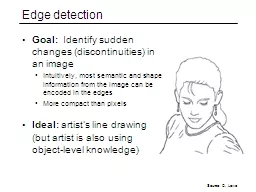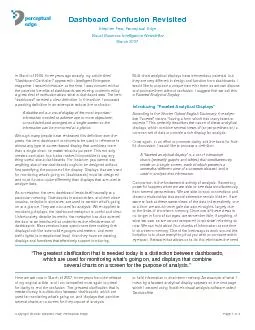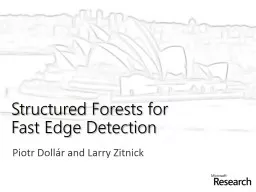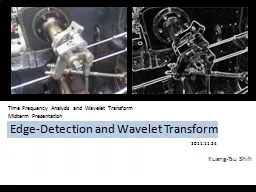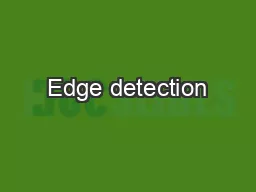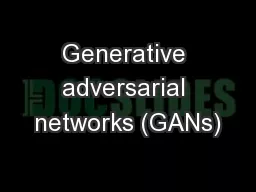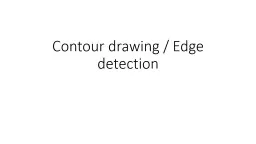PPT-Edge detection
Author : phoebe-click | Published Date : 2016-03-19
Goal Identify sudden changes discontinuities in an image Intuitively most semantic and shape information from the image can be encoded in the edges More compact
Presentation Embed Code
Download Presentation
Download Presentation The PPT/PDF document "Edge detection" is the property of its rightful owner. Permission is granted to download and print the materials on this website for personal, non-commercial use only, and to display it on your personal computer provided you do not modify the materials and that you retain all copyright notices contained in the materials. By downloading content from our website, you accept the terms of this agreement.
Edge detection: Transcript
Download Rules Of Document
"Edge detection"The content belongs to its owner. You may download and print it for personal use, without modification, and keep all copyright notices. By downloading, you agree to these terms.
Related Documents

